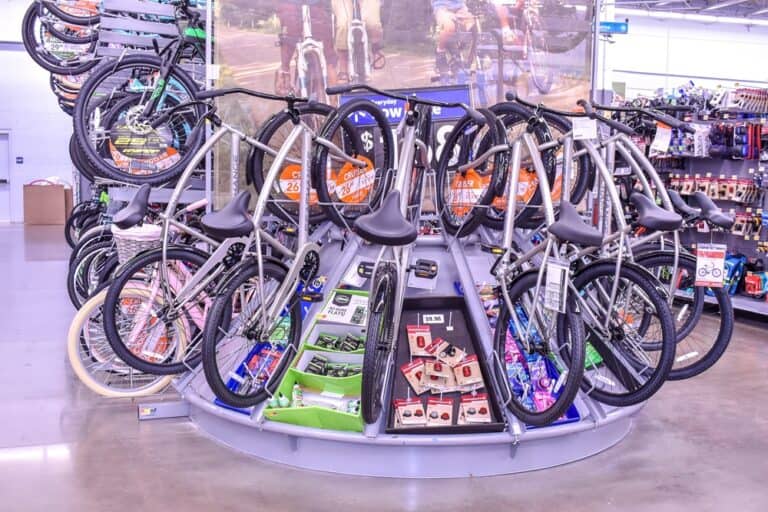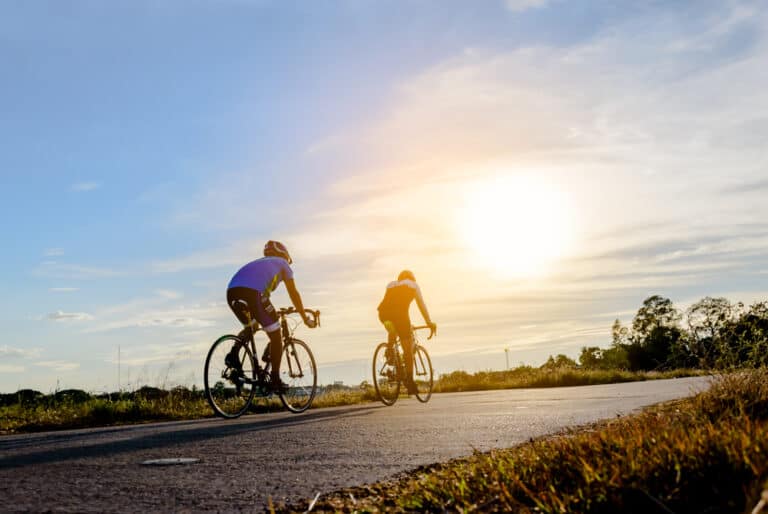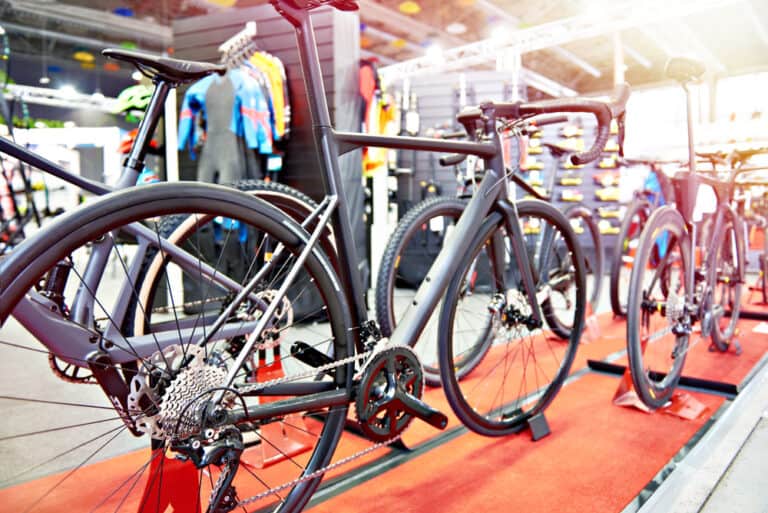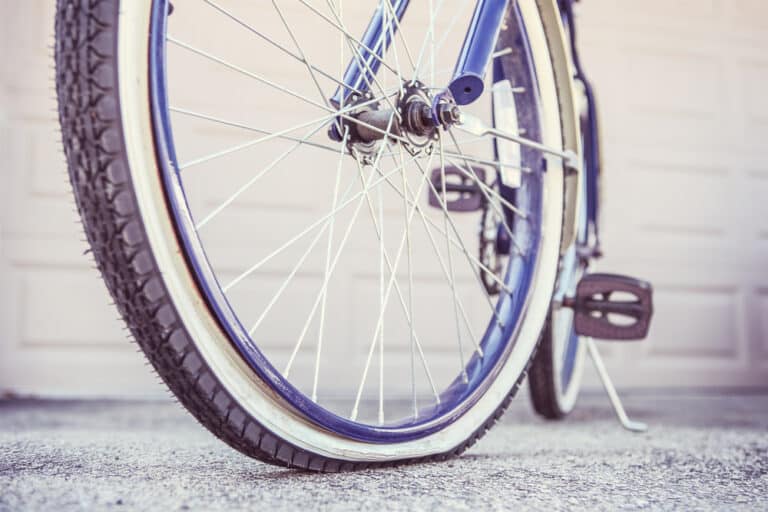Thin Vs. Thick Bike Tires
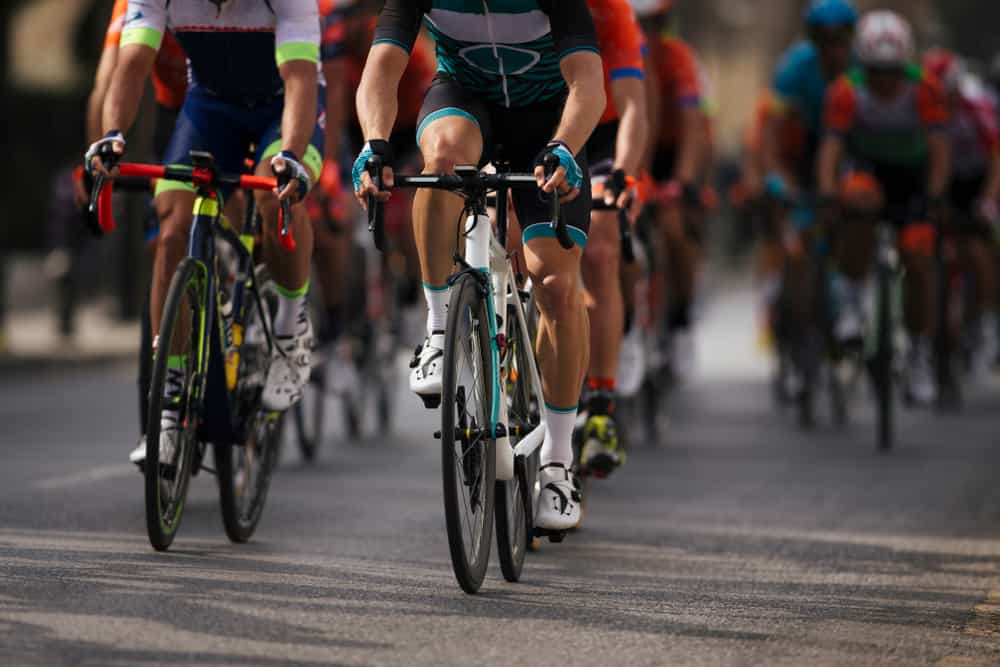
sWhen you see professional bike riders riding around velodromes strategically waiting for the break, everything about them is geared to aerodynamic efficiency. At this level of the sport, small increments in bicycle weight or any aerodynamic benefit can change the outcome of a race. The reality is that these factors cannot be transferred into real-world riding conditions where roads are imperfect, and cyclists have to contend with all that the road system throws at them.
In the past, there was a general understanding that the thinner the bike tire, the lower the rolling resistance and the better the aerodynamics would be. The reality is that in real world conditions, a move to thicker tires provides more safety and comfort without any undue sacrifice of speed.
The ongoing transition to thicker bike tires is a welcome move, which increases rider safety and comfort and makes riding a bike a much more pleasant experience.
The Difference Between Thin And Thick Bike Tires
Apart from the obvious difference between thin and thick bike tires, this article examines how they compare in the following areas.
- The purpose of each tire type.
- What Are The Future Tire Trends For Bicycles?
- Why Thin Tires At High Pressures Make Riding Less Enjoyable.
- What Are The Optimal Tire Sizes And Pressures?
- Thick Tires Are So Much More Comfortable And Safer.
The Purpose Of Each Tire Type
Historically, most road bike cyclists believed thinner tires (19–25C) were faster, and to make them as functional as possible, they needed to be maintained at relatively high pressures (95–120psi).
Thin high pressure narrow tires have been proven to offer less rolling resistance and very slightly smaller frontal area, which implies that they have some aerodynamic advantages (which for the average rider are not particularly noticeable and which will achieve only minimal gains)
On a flat track under controlled conditions, bikes fitted with these thinner, high pressure tires are demonstrably faster.
Because bigger, heavier riders exert more pressure on the bicycle tires, making them prone to higher wear rates, most riders will reduce tire pressure by small increments to ensure less stress is exerted.
While the controlled conditions under which the thinner tires were tested confirmed the performance improvements, the real-world conditions under which most riders operate are not equal to those offered on a flat track or around a velodrome.
What Are The Future Tire Trends For Bicycles
Real life conditions are very different from those on smooth tracks with consistent surfaces.
Riding on roads involves traveling over uneven surfaces, metal expansion plates, railway crossings, and sometimes even a change of road surface.
In these conditions, tires that have been pumped up to very high pressures of between 95–120psi provide a less sure footed and comfortable ride with no absorption of the surface undulations.
It has resulted in a change of attitude, and while professional riders who race in perfectly controlled conditions continue to use thin tires pumped to high pressures, most observers now agree that higher average speeds on regular roads are possible with slightly wider tires pumped to correspondingly lower pressure.
These tires roll more easily over rougher, uneven road surfaces and are more comfortable when riding over longer distances on longer rides.
It is an important fact because irrespective of the high speeds which may be possible on thin tires pumped up to higher pressures, it is difficult to reach these potential speeds when the bike is constantly bumping across rough surfaces, and the order is doing everything possible to stay upright and safe.
Thin Tires At High Pressures Make Riding Less Enjoyable
The surface area between thin, hard tires and the road is very small, which detrimentally affects the bike handling and braking ability. Where roads have “tram lines,” it is easier to get caught up in these with thin tires.
Switching to 28C summer tires that are pumped up to pressures of +- 80 psi will result in noticeably improved handling, and comfort improved handling and comfort without measurably affecting top speed performance.
Instead of spending the bike ride constantly identifying rougher surfaces and managing the stress, Smaller undulations and bumpy roads can now be ridden over with relative ease and comfort.
What Are The Optimal Tire Sizes And Pressures?
Manufacturers and sporting bodies are still trying to calculate the optimal compromise between thin and thick tires; however, the benefits of wider tires, which outweigh those of thinner traditional units, are now generally accepted.
While those professional riders undertaking time trials or are racing on circuits where the surface is completely controlled and consistent will continue to use very thin, high tires pumped to high pressures, for the average Joe riding on public roads, 19C tires pumped to pressures as high as 120 psi.
There is, however, a point at which the optimum tire width is reached, and performance begins to degrade. Big fat balloon tires or similar mountain tires with pressure as low as 45 psi will not allow you to achieve very high speeds or get close to your personal best times.
Thick Tires Are So Much More Comfortable And Safer
While there may be a compromise in terms of top speed and the “racing edge” of the bike ride, 29C tires pumped to 80 psi will and a whole new world of enjoyment to your rides.
One of the primary differences will be felt at the end ride, where previously battered and bruised muscles are replaced by the pleasant sensation of having achieved the ride but you still do not feel beaten up over the experience.
If your bike has rim brakes and can’t handle anything over 25C tires, give serious consideration to changing over to hydraulic disc brakes. It enables you to fit wider tires, and you will be amazed at the improved ability to modulate the braking.
If your riding route is over any pavement surface other than tar or concrete, consider converting to tires as wide as 32C all-season tires.
An added advantage is in terms of safety, where wider tires handle changes in direction or wet winter roads and even the odd pothole much more easily than thin tires.
Price Of The Tires
The price of thin and ticker tires are comparable, as seen in the following list of random tire brands from Amazon.
- MOHEGIA Bike Tire 2s3C tire – $18.99 each
- MOHEGIA Bike Tire 25C tire – $18.99 each
- AMERICAN CLASSIC Road Bike Tire 28C tire – $40.00 each
- SIMEIQI 35C tire – $16.99 each.
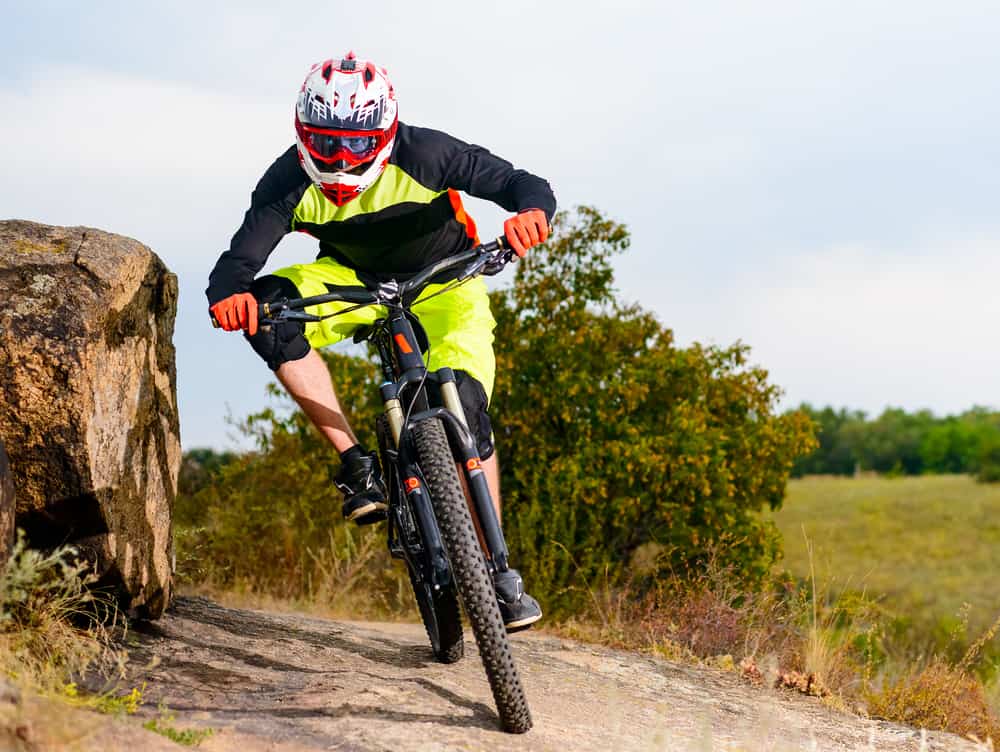
Conclusion
While professional riders have always sought to reduce weight, improve aerodynamic efficiency, and ensure there is as little rolling resistance as possible, the reality is that these are not the optimal conditions for the average rider.
Most riders travel over rough streets, across railway lines, over undulations, and any other type of surface aberration, and to successfully navigate these obstacles, a thicker tire is more suitable.

